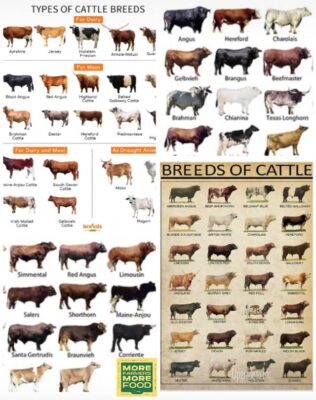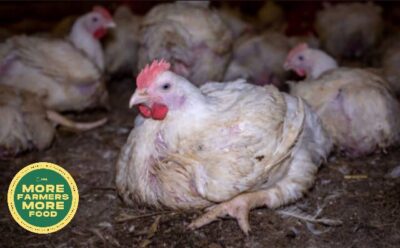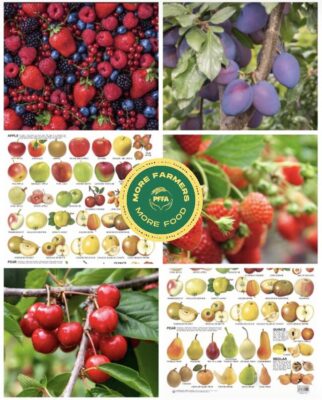Keeping Bees
In this Article...
A Comprehensive Guide to Beekeeping
Beekeeping is a fascinating hobby that not only provides sweet, delicious honey but also helps pollinate plants and supports the ecosystem. In England, beekeeping has a rich history dating back to ancient times, and continues to be a popular activity for many hobbyists and professionals alike. If you’re interested in keeping bees, here’s a guide to get you started.
Choosing the Right Bees to Keep
There are several species of bees that can be kept in England, but the most commonly kept species are the European honey bee (Apis mellifera) and the British black bee (Apis mellifera mellifera). The European honey bee is the most popular species due to its high honey production, gentle temperament, and disease resistance. The British black bee is a native species to the UK and is well-suited to the local environment, making it an attractive option for those interested in preserving the local bee population.
When choosing which species to keep, it is important to consider their adaptability to the local climate and available forage, as well as the availability of local beekeepers who can provide support and advice. It is also essential to source bees from reputable breeders to ensure they are healthy and free from disease.
Housing
Before starting a beekeeping colony, it’s important to have the right housing. The most common type of housing for bees is the beehive, which comes in different shapes and sizes. It’s important to note that different types of hives require different management techniques and may be better suited for different regions or climates. Beehives can be made from a variety of materials, including wood, polystyrene, and plastic. Wooden hives are the most traditional and widely used, and are readily available in the UK. They can be painted or treated with non-toxic wood preservatives to protect them from the elements. When choosing a location for the hives, it is important to consider factors such as shelter from the wind, a source of water, and proximity to forage. The hives should also be situated in a place where they will not cause a nuisance to neighbours or pose a risk to public safety.
Costs
Beekeeping can be an expensive hobby, but it doesn’t have to be. The initial costs of setting up a beekeeping colony can range from a few hundred pounds to over a thousand pounds depending on the equipment and the number of bees purchased. Ongoing costs include feed, medication, and replacement equipment. It’s important to budget for these costs before starting a beekeeping colony. The initial cost of setting up a beehive can vary depending on the type and quality of the equipment used, as well as the number of bees purchased. A beginner’s kit that includes a hive, frames, bees, and protective clothing can cost around £400-£500.
It is also important to consider the cost of training and education. Joining a local beekeeping association can provide access to training courses, mentorship, and support from experienced beekeepers. The annual membership fee for a local association is typically around £50-£100.
Equipment
Beekeeping requires specific equipment to properly manage the colony and ensure the safety of both the bees and the beekeeper. Some essential equipment includes:
Protective clothing: A beekeeper suit, gloves, and veil provide protection from bee stings and are essential for beekeeping. It is important to choose protective clothing that fits well and provides adequate coverage, as even a small gap can allow bees to enter and sting.
Smoker: A tool that produces smoke to calm the bees and make them more manageable during inspections.
Hive tool: A tool used to pry apart the frames in the hive for inspections.
Feeder: A container used to feed the bees sugar syrup or other supplements.
Additional equipment may include a honey extractor, a feeder, and a pollen trap.
How to Do It
Starting a beekeeping colony involves several steps, including:
Research: Before starting a beekeeping colony, it’s important to do research on beekeeping techniques, hive management, and local regulations.
Obtain equipment: Once you’ve done your research, purchase the necessary equipment, including the beehive, protective clothing, smoker, hive tool, and feeder.
Obtain bees: Purchase bees from a reputable supplier or catch a swarm. It’s important to obtain bees from a reliable source to ensure they are healthy and disease-free.
Set up the hive: Assemble the hive and install the bees according to the instructions provided.
Manage the colony: Regularly inspect the hive for signs of disease, pests, and honey production. Provide necessary supplements and medication as needed.
Keeping bees requires regular care and attention, particularly during the spring and summer months when the bees are most active. It is important to ensure the bees have enough food and water, and to monitor the hive for signs of disease or pests.
The Beekeeper’s Year
Early Spring – Queen bee is starting to lay her eggs. Food supply in the hive is at its lowest level after winter and nectar and pollen are in very short supply so you can feed sugar syrup if necessary.
Late Spring – There will be rapid increase in the brood, with bees flying on warm days to gather nectar and pollen from early blossom. Now is the time to prepare supers and put the queen excluder in place.
Early Summer – The queen will now be flat out working, and the pollen and nectar at the peak of supply. Make sure you keep an eye out for swarming, such as the formation of cells for new queens.
Midsummer – Now is the time for a careful eye out for swarming, and the queen’s rate of lay will drop off. The fields of oilseed rape likely to be around you will be producing early pollen flows which could cause your honey harvest to start early.
Late Summer – The supers will now be full of honey so watch out for wasps trying to rob the hive. The colony will start to dwindle as we move into the main honey harvest period.
Autumn/Winter – After you have finished the harvest, leave the bees to clear up and keep an eye out for Varroa. Also consider feeding them syrup or honey so that they bees can build up winter reserves.
Top Tips for Beekeeping
- Join a local beekeeping association: Joining a local beekeeping association is a great way to learn from experienced beekeepers, network, and stay up-to-date on beekeeping techniques.
- Choose a species of bee that is well-suited to the local environment and climate.
- Plant bee-friendly flowers: Bees need nectar and pollen to survive and thrive. Planting bee-friendly flowers in your garden can provide a valuable food source for bees.
- Use protective clothing that fits well and provides adequate coverage.
- Monitor for pests and diseases: Regularly inspect your hive for signs of pests and diseases, such as Varroa mites.
- Practise good hygiene: Proper hygiene, such as washing hands and equipment, can help prevent the spread of disease and maintain a healthy colony.
- Locate the hives in a sheltered area with access to water and forage.
Honey Extraction
Finally, the most exciting part of beekeeping is harvesting honey. After a productive season, you will have lots of honey ready for extraction. Harvesting honey should only be done when the bees have produced enough surplus honey to sustain themselves over the winter months. Before you begin, it is important to prepare your equipment and space for a clean and efficient process. You will need a honey extractor, uncapping knife, strainer, and jars for storing the honey.
To extract the honey, you will remove the frames from the super and use an uncapping knife to remove the wax capping from each cell. Then, you will place the frames in a honey extractor and spin them to remove the honey. The honey will collect at the bottom of the extractor and can be strained and bottled for storage and consumption.
Beekeeping can be a rewarding and fulfilling hobby or even a profitable business venture. However, it requires a significant investment of time, effort, and resources. Proper housing, equipment, and management techniques are essential for the health and productivity of your hive. By following the tips and guidelines in this article, you can start your beekeeping journey and enjoy the sweet rewards of honey production. Remember to always consider the safety of yourself and others when handling bees, and follow proper beekeeping practices and regulations in your area. With dedication and patience, you can become a successful beekeeper and contribute to the conservation of these vital pollinators.



